Robot headgear
The playground robot headgear customized for the customer is placed on a simple manual inner mold, and the mouth and eye opening and closing are being tested
2020/11/24 10:30:40
As soon as the dentist was lying on his chair and the overhead lights were turned on, the dentist covering most of his face approached the scene with an electric drill, which became a lingering psychological shadow for many people. But in Japan, the reverse is true: dental patients first become a mental shadow of the dentist. Some would-be dentists are getting an early taste of the horrors of the sick-chair, thanks to a life-like oral robot.
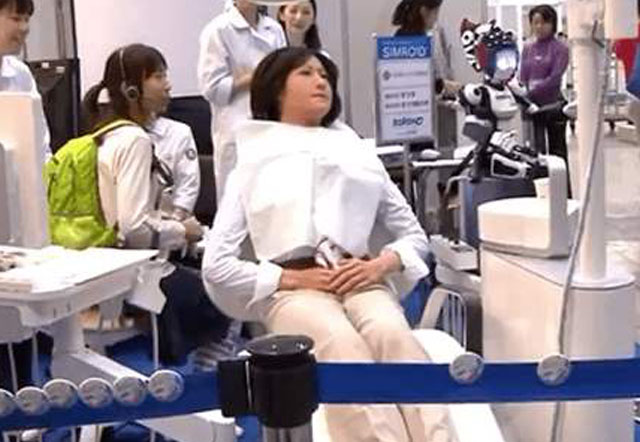
The robot is actually designed to simulate human patients, and is designed to train dental students to simulate real medical situations before they take up the job. As a simulation robot development country, the Japanese simulation robot in the imagination should be white skin, gentle as jade, but the real sense of bone to let the dentist almost scared to leave this beautiful world. Just as medical students in surgery have to pass the test of carrying a corpse, so dental students in Japan have to pass the test of treating a robot. At first glance, there's nothing scary about this static image of a robot, but a closer look reveals a bit of beauty. Professional dentists complain that you are still too young.
A recent Reddit video has revealed the innuendo of a real robot, showing how it works, to the horror of a number of netizens. In the video, the silicone robot shakes its head and opens and closes its jaws unconsciously, as if it could swallow the dentist's entire hand in a second and be bitten by a blessing. The twitching of the eyelids at different frequencies is like some artificial primal consciousness struggling to get through the eyes. Some netizens saw it and brought back terrible memories. Some offered a soul to ask: Is this thing safe?
Overcoming psychological fears is just the first test for dentists in the face of a life-like robot. Faced with such patients, dentists also need to show professional attitude and superb skills. Dentists also need to be prepared for a robot with mechanical problems. But the robot doesn't mean to scare doctors. It's already trying. In fact, it has undergone several changes in appearance and function. Showa Hanako 1, the first generation of the robot simulators, was developed by researchers at the School of Dentistry at Showa University in Tokyo, Japan. Made of PVC instead of silicone, the first Batch of Hanako looked fearsome, according to a 2011 report by Dentistry Online. In the first development, Japanese robotics company Tmusk also participated in the production of technology, with the support of Tmusk technology, the robot can perform voice recognition and simple body movement. To make the robot look better, Hanako II enlisted Japanese sex maker Orient to help make the robot. The second generation does look more realistic and can blink. For the stomatologist, the most realistic part of the second-generation humanoid is the artificial tongue. It can react to situations like choking.
Then, at the same time in 2011, another team at the University of Dentistry in Japan introduced Simroid, a more advanced robot. The simulated robot has sensors inside it, particularly in the chest, which the researchers noticed. When the dentist gets close to work, the robot expresses its displeasure. In terms of facial expressions, the Simroid also has more human functions. The robot will roll its eyes or even cry out in pain when the dentist misbehaves. In the open state for a long time, there will even be the real situation of drooling. At the slightest provocation, the dummy will go out of its way to spite the dentists.
After Simroid was introduced on the market in 2012, the robots stopped looking like robots, and there was little official information available. There is no denying that simulators still play a huge role in dental training today. While we don't know what caused the robot on Reddit to go crazy, dentists in Japan would have to be psychologically better equipped to deal with patients who could take a bite at any moment.
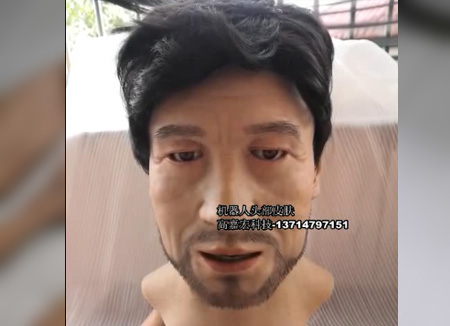
The playground robot headgear customized for the customer is placed on a simple manual inner mold, and the mouth and eye opening and closing are being tested
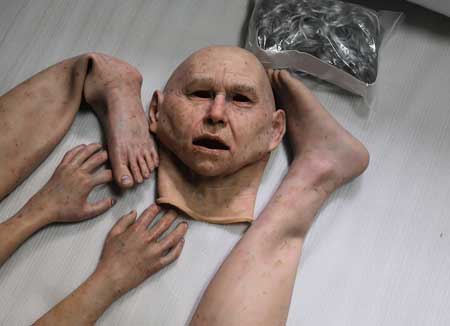
Medical aids customized by a German medical device company
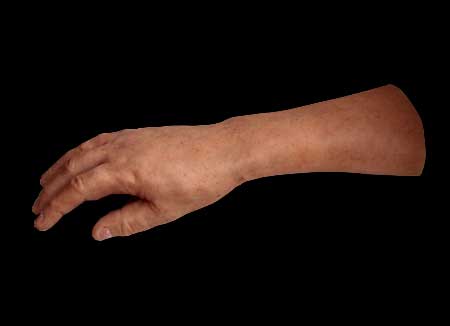
Originally customized by Australian customers
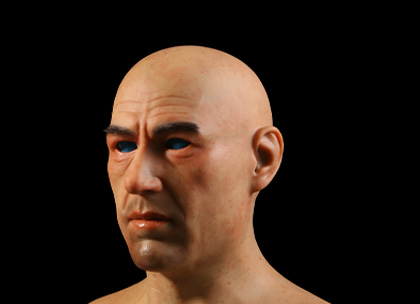
Masks of middle-aged People in Europe and America are very popular
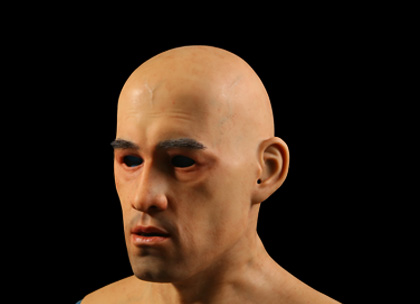
European and American young people mask, popular young people mask, popular
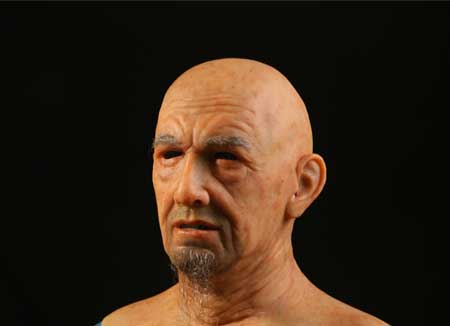
He is an old farmer in Europe and America, honest, authentic and friendly
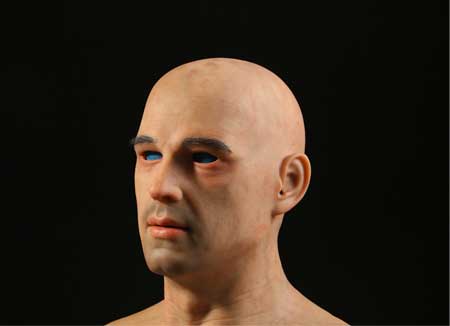
Masks for young people in Europe and America, welcomed by customers
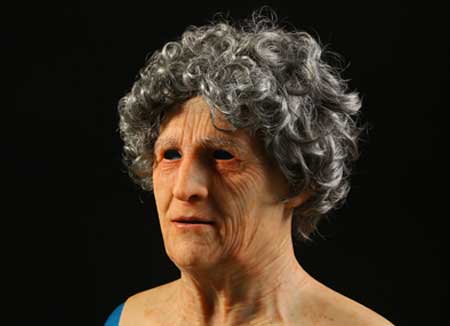
The best-selling style in Europe and America it is well received by users
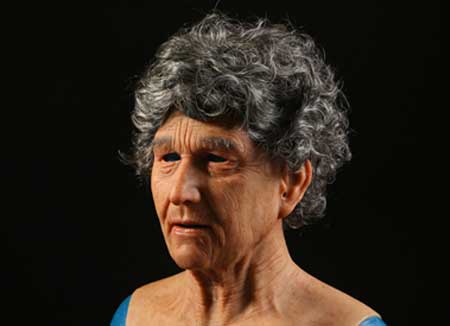
European and American best-selling style, deeply loved by users